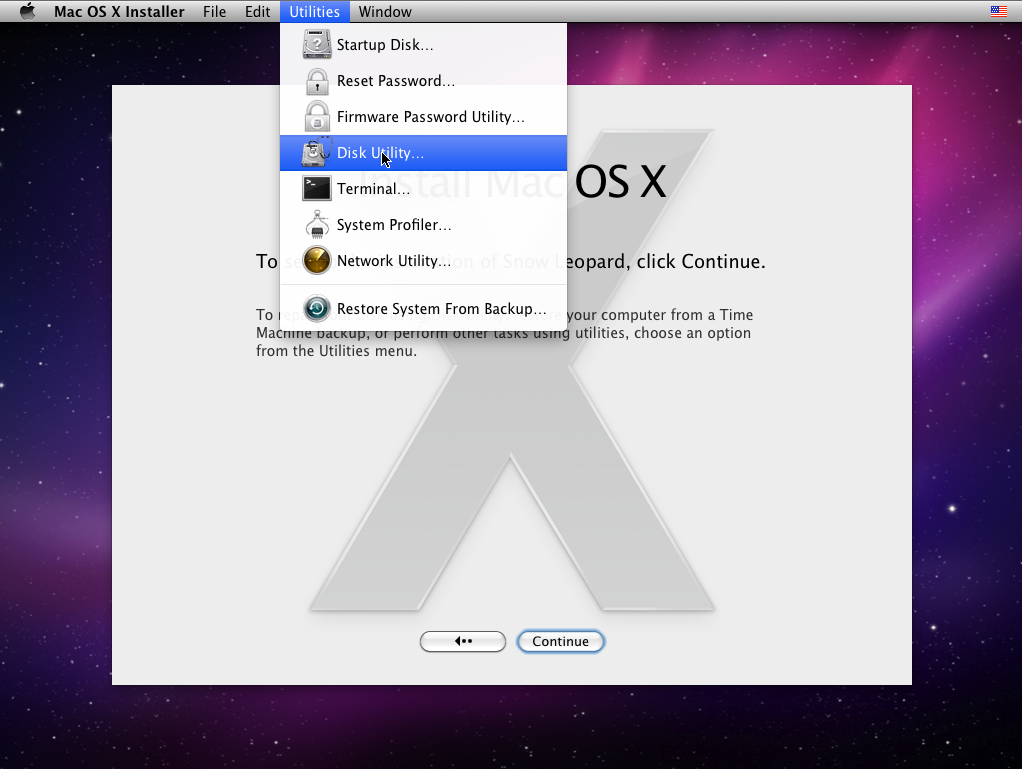

dev/sda1 was being mounted via /etc/fstab as /media/myusername. I recently had a similar need to unmount in order to change it's label with gparted. Basically, if the mountpoint is mounted under the / filesystem, you'd want to avoid this. It is less convoluted to use mount -move, but that requires mount -make-private /parent-mount-point which has implications. You can then use lsof +f - /dev/device to list all processes with open files on the device containing the filesystem, and then kill them. See here and here for other causes and their remedies.Įven if you've got some lurking gremlin which is preventing you from fully unmounting the device, you have at least got your filesystem in a consistent state. Open files aren't the only unmount blocker. To interactively kill the remaining read-only processes blocking the unmount. (You'll need to run umount on the mountpoint twice if you've bind mounted a mode 000 directory on top.) Hopefully at this point, you can unmount the device. To kill all remaining processes with files open under the mountpoint. The -w switch restricts to writing processes, and the -i is interactive, so after a read-only remount, if you're it a hurry you could then use: fuser -vmMk Of course, you could do this without hiding the mount point at all, but the above mimicks umount -l, without any of the dangers. Which will interactively ask to kill the processes with files open for writing. This is more convoluted, but allows you to use: fuser -vmMkiw A duplicate bind mounted directory (as opposed to a device) on which.The original namespace hidden (no more files could be opened, the problem can't get worse).Sudo mount -o bind,ro "$null_dir" "$original" Sudo mount -make-private "$original_duplicate" # Don't propagate/mirror the empty directory just about hide the original Sudo mount -o bind,ro "$original" "$original_duplicate" # So, avoid remount, and bind mount instead: # still files open for writing on the original as each mounted instance is # A request to remount,ro will fail on a `-o bind,ro` duplicate if there are Here's how: null_dir=$(sudo mktemp -directory -tmpdir empty.XXXXX") Hide the original mount point and block the namespace:.Temporarily duplicate the mountpoint with mount -o bind /media/hdd /mnt to another location.Why not use use fuser earlier? Well, you could have, but fuser operates upon a directory, not a device, so if you wanted to remove the mountpoint from the file name space and still use fuser, you'd need to: Read-only re-mount achievement unlocked 🔓☑Ĭongratulations, your data on the mountpoint is now consistent and protected from future writing. If you can't remount read-only at this point, investigate some of the other possible causes listed here. You should then be able to remount the device read-only and ensure a consistent state. If you are unlucky, focus only on processes with files open for writing: lsof +f - /dev/ | awk 'NR=1 || $4~/+/' Mount -o remount,ro /dev/device is guaranteed to fail if there are files open for writing, so try that straight up. The data is in a consistent state, should you need to physcially disconnect the device.All pending data has been written to disk.When you gain the remount,ro badge, you know that: The major unmount achievement to be unlocked is the read-only remount. Then any new accesses to filenames in the below the mountpoint will hit the newly overlaid directory with zero permissions - new blockers to the unmount are thereby prevented. This same behaviour can be achieved by mounting an empty directory with permissions 000 over the directory to be unmounted. The useful behaviour of umount -l is hiding the filesystem from access by absolute pathnames, thereby minimising further moutpoint usage. It can cause btrfs filesystem corruption.It doesn't actually unmount the device, it just removes the filesystem from the namespace.Umount -l is dangerous or at best unsafe. At the time of writing, the top-voted answer recommends using umount -l.


 0 kommentar(er)
0 kommentar(er)
